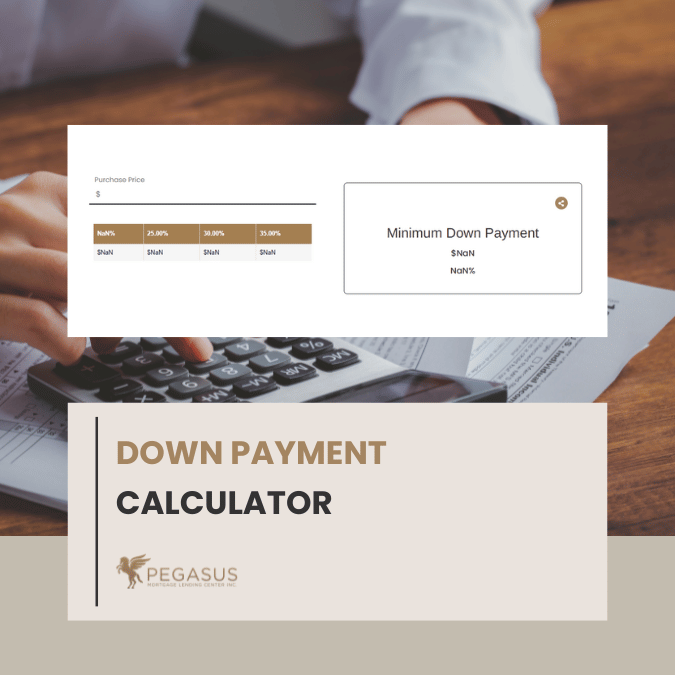Understanding the Concealed Costs of Owning a Home: Assessing Your True Mortgage

Having a home is frequently considered as a foundation of the American ideal, but the reality of owning a home goes much beyond just the monthly home loan installment. While many new homeowners focus solely on the cost of buying and main mortgage, there are numerous hidden expenses that can significantly impact your monetary situation. Understanding these costs is essential for those looking to buy a home, as they can change your budget and affect your future monetary goals.
Determining your actual mortgage means gazing past the loan itself. You need to account for taxes on the property, insurance, maintenance costs, and even homeowners association fees if applicable. By using a mortgage calculator and thoroughly assessing these expenses, you can gain a better picture of what homeownership will really cost you. In this article, we will guide you through the steps of determining your true mortgage and making sure you are fully prepared for the monetary responsibilities that come with having a home.
Grasping Mortgage Principles
When acquiring a house, grasping the principles of a housing loan is essential. A home loan is a debt specifically used for purchasing property, in which the home itself acts as security. This means if you fail to make payments, the lender has the authority to take possession of the real estate through repossession. Mortgages typically come with fixed or adjustable interest rate rates, and grasping these choices will assist you choose the best option for your monetary circumstances.
The initial amount of your mortgage is the initial loan you borrow from the bank. As hipotecalc.com goes by, you will also pay interest on this amount. Your monthly payments consist of both the main amount and financial charges, but there are extra costs to consider. Property taxes and insurance for homeowners are often included in your monthly payment, increasing the overall sum you have to pay each month. It is essential to include these expenses into your budget to avoid unexpected costs.
An additional crucial aspect to consider is the loan term, commonly either 15 or 30 years long. A briefer term usually means higher monthly payments but less paid in interest over the life of the mortgage. Conversely, a extended duration typically means lower monthly payments but higher financial charges incurred overall. Grasping these factors will help you determine your actual home loan and the overall financial commitment of owning a home.
Common Undisclosed Costs
While calculating the true price of your home loan, it is crucial to factor in several concealed charges that can greatly impact your financial plan. One of the most common neglected costs is real estate taxes. These fluctuate greatly according to location and can increase as time passes. Not factor in these taxes may lead to unexpected bills that burden your financial situation. Always review the tax fees in your area and assess how they might alter in the upcoming years.

Another often ignored cost is homeowners insurance. This coverage is crucial for safeguarding your investment from unexpected mishaps, such as flame or theft. However, costs can vary based on criteria like the property's site, the community security situation, and the value of your house. It is smart to look for for coverage options and consider ongoing premium payments into your total financial estimates.
Proper maintenance and repairs also constitute a significant yet frequently ignored aspect of owning a home. As an owner of a house, you are completely responsible for the care of your property, and bills can accumulate fast. It is recommended to save cash for regular maintenance, as well as for surprise fixes that may arise. A good guideline is to set aside 1-2% of your home's price each year for these costs.
Employing a Mortgage Calculator Efficiently
Employing a mortgage calculator may streamline the procedure of comprehending your home financing choices. Start by entering the loan amount you wish to borrow, taking into account the purchase price of the home and your down payment. This initial step is crucial because it sets the foundation for calculating your monthly payments, aiding you visualize how much you might owe over time.
Next, input key variables such as the interest rate and loan term. The interest rate considerably influences your total payments, so staying informed on current mortgage rates can help you secure a more advantageous deal. Additionally, think about whether you want a fixed or adjustable-rate mortgage, as this choice might impact your calculations and future budgeting needs. Modify the terms to see how variations can alter your financial commitments.
Lastly, don't forget to consider associated costs that can impact your monthly payments. Apart from principal and interest, add property taxes, homeowners insurance, and possible mortgage insurance if your down payment is below 20 percent. By taking into consideration these elements, the mortgage calculator provides a more complete view of your actual monthly expenses, empowering you to make informed financial decisions when buying a home.
